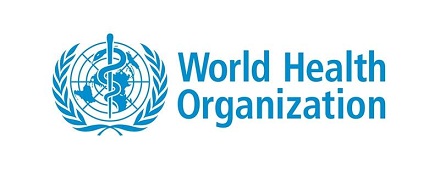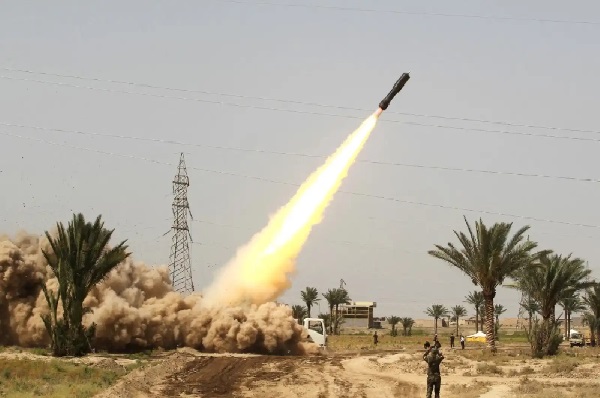Sustainable architecture is a design approach that seeks to minimize buildings' negative environmental impact by maximizing efficiency and moderation
ISLAMABAD: The World Health Organisation (WHO) has said that opportunities to live an active and healthy life have been decreased due to the Covid-19 pandemic.
In a statement, the WHO has called upon decision-makers across the health, sport, education and transport sectors to urgently scale up provision of more inclusive programmes and services and safer environments that promote physical activity in all communities.
According to data of the National Command and Operation Centre, 1,016 people were infected with Covid-19 and 28 succumbed to virus across Pakistan on Thursday.
The national positivity rate remained at 2.11 per cent and 2,195 patients were in critical care.
Dr Rana Safdar, Director General, Ministry of National Health Services, told Dawn that 9.6 million doses of American vaccine Pfizer were scheduled to be delivered by the end of this month.
“First consignment of 2.4m is likely to arrive over the weekend. The vaccine will be coming through Covax platform as US dose sharing,” he said.
Covax is an international alliance which has pledged to provide free vaccines for 20pc population of Pakistan.
Pfizer is the only vaccine which is being administered to an age group between 12 and 18 years and Pakistan requires uninterrupted supply of the American vaccine to vaccinate students.
WHO Deputy Director General Dr Zsuzsanna Jakab said in a statement that there was an urgent need to provide people with better opportunities to live active healthy lives. Today, the possibility for people to take part in physical activity is uneven and unfair.
This inequity has only gotten worse during the Covid-19 pandemic. “This is why WHO is stepping up actions with its partners around the world to tackle the key barriers impeding people from becoming more active and healthier,” said the statement.
Up to 5m deaths a year could be averted if the global population was more active; however, many live in areas with little or no access to spaces where they can safely walk, run, cycle or engage in other physical activities. Where opportunities do exist, they may not have been developed to meet the needs for older adults or people with disabilities.
WHO statistics reveal that one in four adults, and four out of five adolescents, do not currently get enough physical activity. Women are less active than men, with an over 8pc difference at the global level (32pc men vs 23pc women). High-income countries are more inactive (37pc) compared with middle-income (26pc) and low-income countries (16pc).
You May Also Like
ISLAMABAD: The ruling Pakistan Muslim League Nawaz (PMLN) emerged victorious on most seats in the by-elections, according to
SYRIA: Rockets were fired late Sunday from northern Iraq at a military base in Syria housing a US-led coalition, according to Iraqi security






